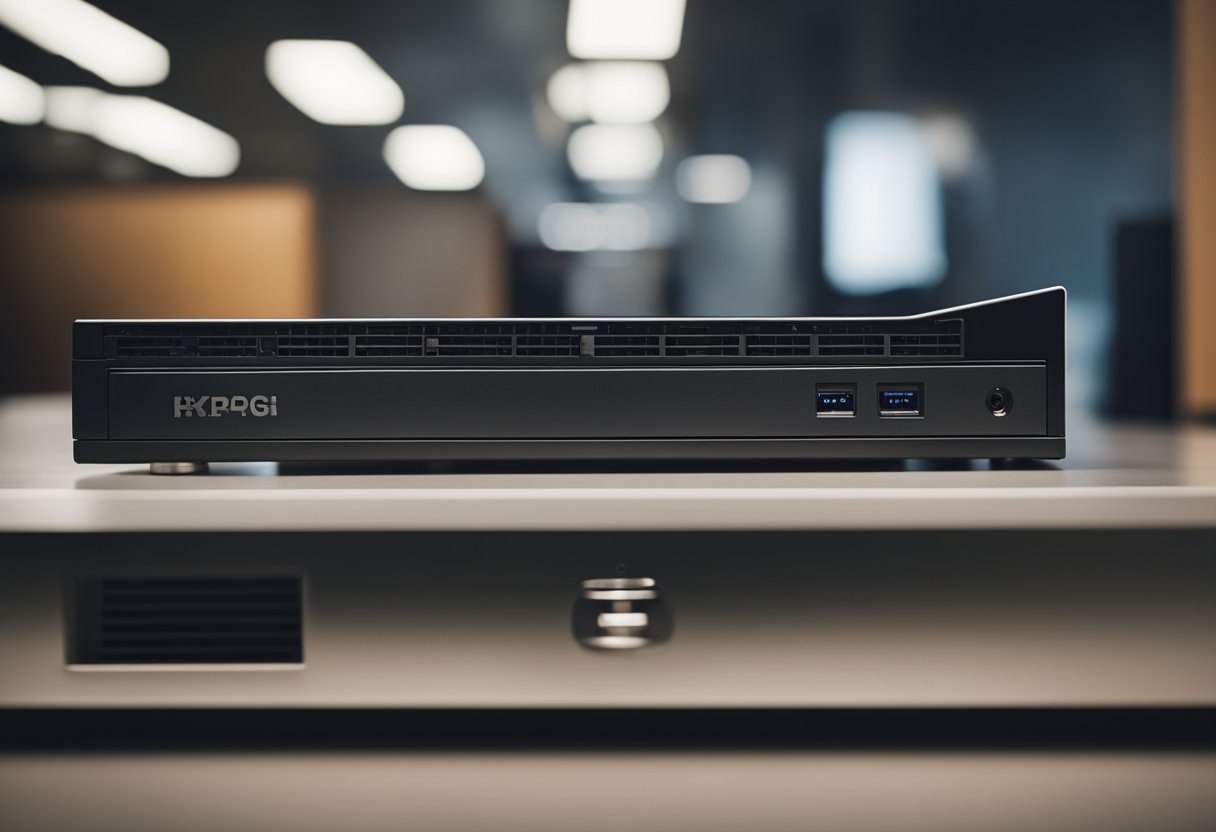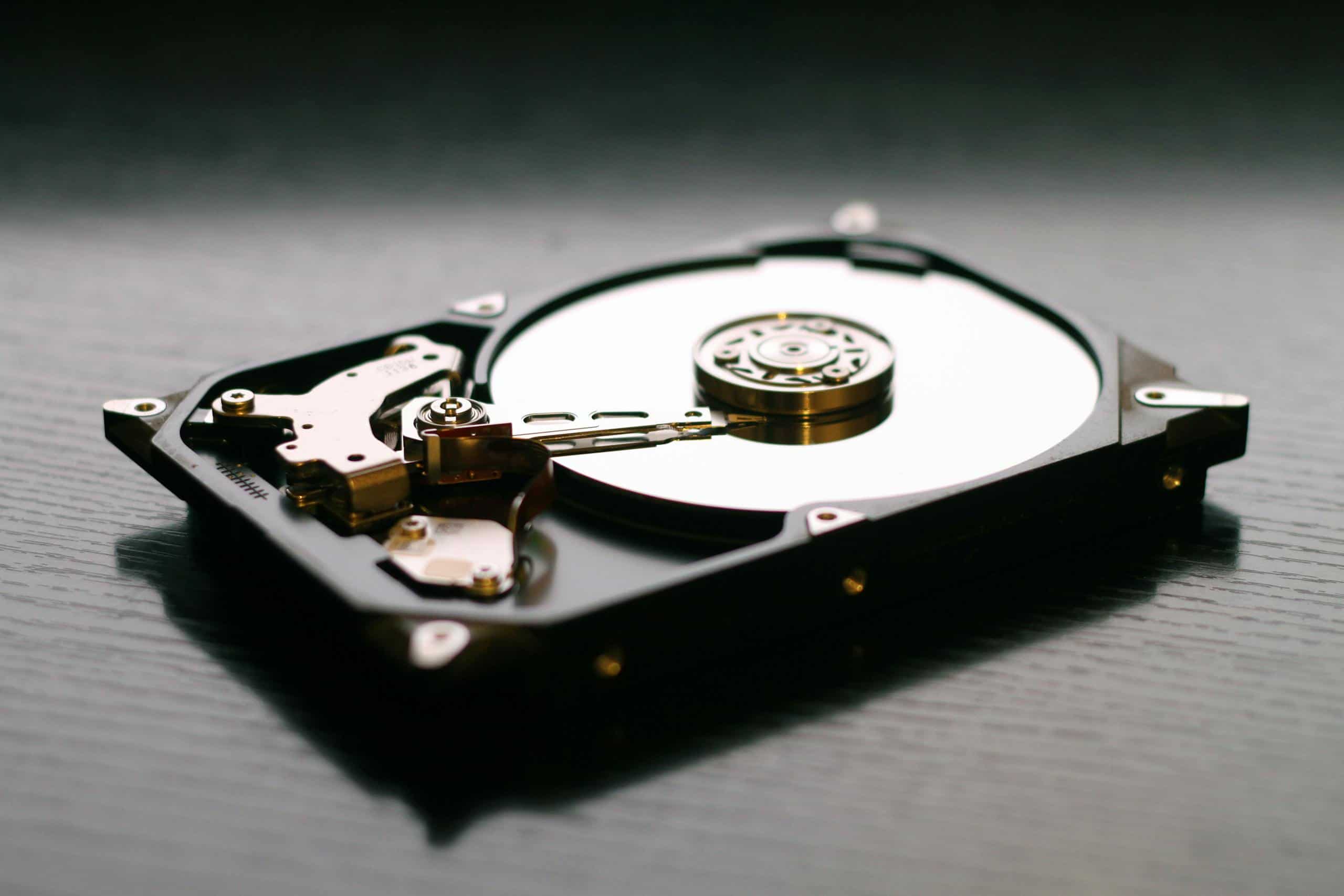When you press the power button on a computer without a hard drive, you might wonder what will happen. Will the machine spring to life or simply sit in silence? The answer is quite straightforward: a computer can turn on without a hard drive.
Without this key component, the computer can still complete the initial Power On Self Test (POST), which checks that the hardware, like the motherboard and RAM, is functioning properly. This process ensures that all essential elements are in place and operating correctly before the system attempts to locate a bootable device.

What happens next depends on how your system is configured and the available hardware. When a hard drive is missing, the computer’s Basic Input/Output System (BIOS) or Unified Extensible Firmware Interface (UEFI) comes into play.
They check for alternative boot devices such as a USB flash drive, an optical disc, or network resources. If no bootable device is found, the computer may display an error message or enter the BIOS/UEFI setup utility, where you can modify system settings or choose alternative boot options.
So, despite the absence of a hard drive, your computer indeed powers up, performing various checks and looking for other ways to boot. The hard drive’s main role comes into play when loading the operating system.
Without it, while the computer can turn on, it won’t load the operating system until it finds suitable bootable media. This flexibility is a testament to the modular design of computer systems, allowing troubleshooting and maintenance even when some components are missing or being replaced.
Understanding the Boot Process
When you turn on your computer, a specific series of operations takes place before the operating system starts up. This sequence is crucial for determining whether your computer can operate without a hard drive.
Role of BIOS and UEFI
BIOS (Basic Input/Output System) and UEFI (Unified Extensible Firmware Interface) are firmware interfaces for your computer, with UEFI being the more modern solution. They both initialize your computer’s hardware and provide the control necessary to begin the boot process.
When your computer starts, the BIOS or UEFI firmware is the first software that runs. It checks for the presence of a bootable device such as a hard drive, SSD, or DVD, and if Secure Boot is enabled, it ensures that the device’s firmware and software are trusted.
The POST Sequence
Next is the POST (Power-On Self-Test), a diagnostic testing sequence for your computer’s essential components. POST will check your computer’s RAM, processor, and other hardware to verify that they are working correctly before continuing. If there are no errors, POST proceeds to identify which devices are available for booting.
Boot Devices and Priority
Your computer can be set to boot from various devices, like a hard drive, SSD, network, or removable media. In your BIOS or UEFI settings, you can configure the boot device priority to select which device to try booting from first.
Without a hard drive, your computer can still turn on and run POST, but it will need another bootable device with an operating system to complete the boot process and reach a functional state.
Components Essential for Startup

When powering on your PC, certain hardware components are crucial to get through the startup sequence successfully.
Function of RAM
RAM (Random Access Memory) is your PC’s short-term memory, which is essential for temporarily storing data that the CPU uses for active tasks. Without adequate RAM, your computer can’t load or run programs effectively.
CPU and Power Supply Importance
The CPU (Central Processing Unit) is the brain of your computer, executing instructions from programs. It works hand-in-hand with the power supply, which delivers the necessary electricity to your PC’s components. If your power supply is faulty or your CPU is not functioning, your PC won’t start.
The Necessity of Storage Devices
While storage devices like hard drives, USB drives, or external hard drives are not strictly necessary to power on a PC, they are crucial for a complete boot process as they contain the operating system and other data. However, your PC can still enter the BIOS without a storage device attached, allowing for system management and troubleshooting.
Alternative Booting Options
In instances where a computer lacks an internal hard drive, you have multiple options to initiate the boot process. These alternative booting methods allow your computer to load an operating system or utility from various sources outside of a traditional HDD.
Booting from USB or CD/DVD
USB drives such as USB flash drives can serve as bootable devices to load an operating system. To create a bootable USB, you’ll need to use a utility to format the USB drive with the necessary boot files. Similarly, bootable CDs or DVDs provide a medium to boot your PC. You must set your computer’s BIOS to prioritize booting from the USB or optical drive ahead of other devices.
Network Booting
Network booting, or booting from a network location, follows a client-server model. Your computer can boot from an operating system image provided over the network.
This method typically involves configuring a server to offer the boot image and setting your PC’s BIOS to boot from the network, a feature known as Preboot Execution Environment (PXE).
Utilizing External Drives and Cloning
External drives, like USB hard drives, can also be employed as a boot device. You have the option to clone an existing system onto an external drive, which then allows you to boot from it on a different machine.
This approach ensures you can run a full operating system with your settings and files, mimicking the experience as if booting from an internal drive.
Troubleshooting Startup Issues

When your computer fails to start, it can be due to various problems ranging from simple power issues to complex hardware failures. The following steps will help you diagnose and hopefully resolve startup issues.
Interpreting Beep Codes and Error Messages
If your computer emits a series of beeps during startup, these are beep codes designed to help you identify potential hardware issues.
Each pattern corresponds to a specific problem. For example, a single beep typically indicates that the system is booting normally, while a series of beeps can signal a memory or motherboard failure. Consult your motherboard’s manual to decipher these codes, or check for on-screen error messages that can guide you further.
Resolving Boot Failures
If your computer powers on but does not complete the boot-up process, ensure your power cord is securely connected and the outlet is functioning.
If the display remains black or you receive a “boot device not found” message, it may indicate a disconnected or failed hard disk. Open your computer’s case to check connections, or consider connecting a different boot device such as a USB drive with a recovery OS.
Hardware Diagnostics and Malware Checks
Perform hardware diagnostics to rule out any hardware issues. This can be done via built-in diagnostic tools that many systems offer. Pressing a specific key during startup will take you to these tools, where you can check components individually.
Also, be cautious of malware, which can prevent your system from booting properly. Booting from a live antivirus environment can help assess your system for infections and potentially remove them without the need for the hard disk’s involvement.
Remember to back up your data regularly to avoid data loss incidents. A non-booting system does not necessarily mean your data is lost; however, it is far easier to recover data if it is backed up elsewhere.


